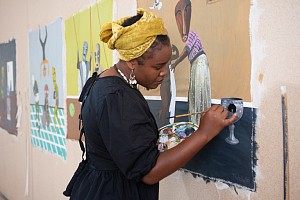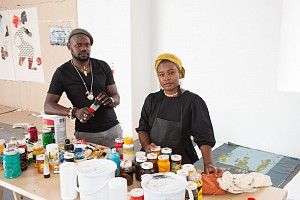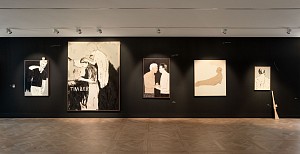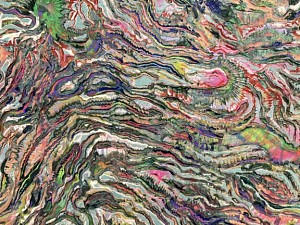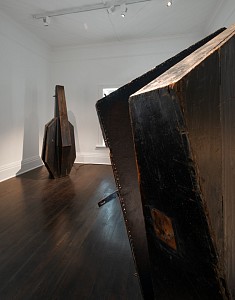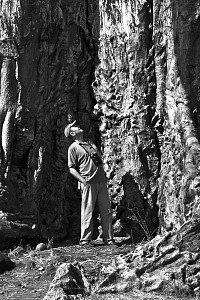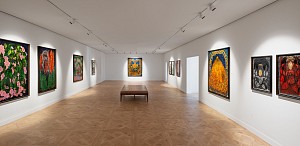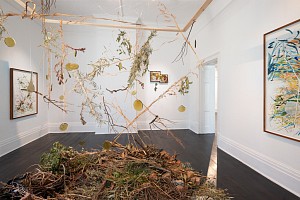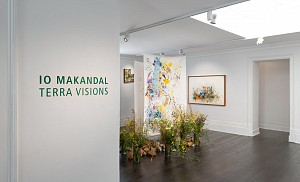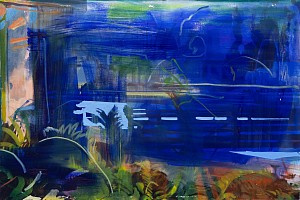After a deluge, one of many in a sodden Cape Town winter, light pours through the studio window in Woodstock, Cape Town. The mountain and highway are blotted out, concrete buildings soaked, a turquoise blue garage-roof the only bright thing in a blur. On the windowsill a plate of rusty lemons, a pot plant, rusty too, though life still lingers green. On a wooden desk the stricken plant casts its shadow. Two lamps are angled about drying sunflowers in a sparkling blue vase, near ovoid, an upended eye. Lapis Lazuli. Madonna blue.

Swain Hoogervorst, Deconstruction of a Vase of Flowers (3), 2020. Oil on Belgian linen, 40 x 30cm
In this painting of a vase of limp sunflowers, Hoogervorst has sketched the rudimentary coordinates and concordances that allow one to take hold of the world, see it. A line, fleck, squab of colour, runnel of paint, a shape, then another. Because nothing quite holds the eye, directs attention, looseness prevails. A sketch is not the beginning of something, it is everything, and nothing, or, nothing quite, because what binds the eye’s saccadic flickering grasp is the realisation that forms, shapes, the things we espy, take hold barely. Forms quaver, things judder, a featureful yet featureless soup. Morphogenetic, things – paintings – self-organise. A feedback loop, the eye, brain, imagination, seeks structure inside the unpredictable, but what it cannot countenance, pull together, is the void.
Read More >>

